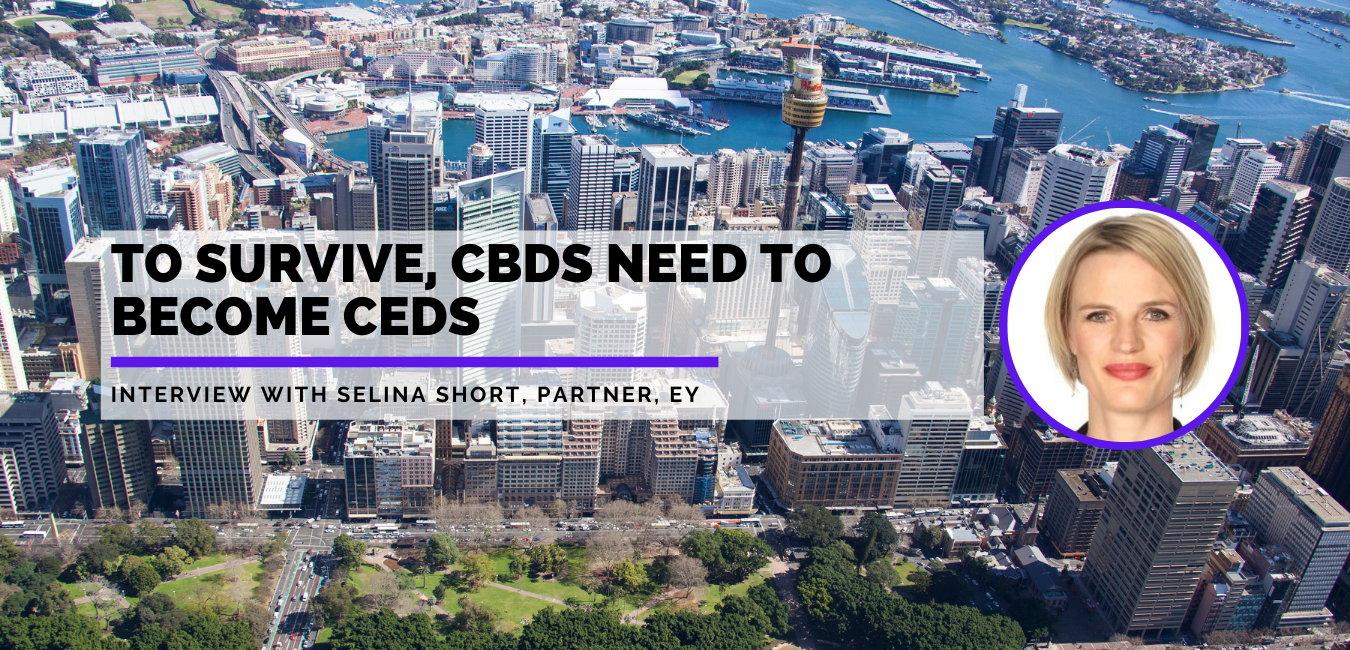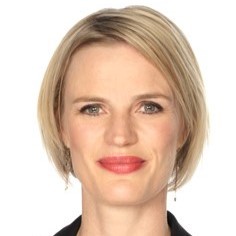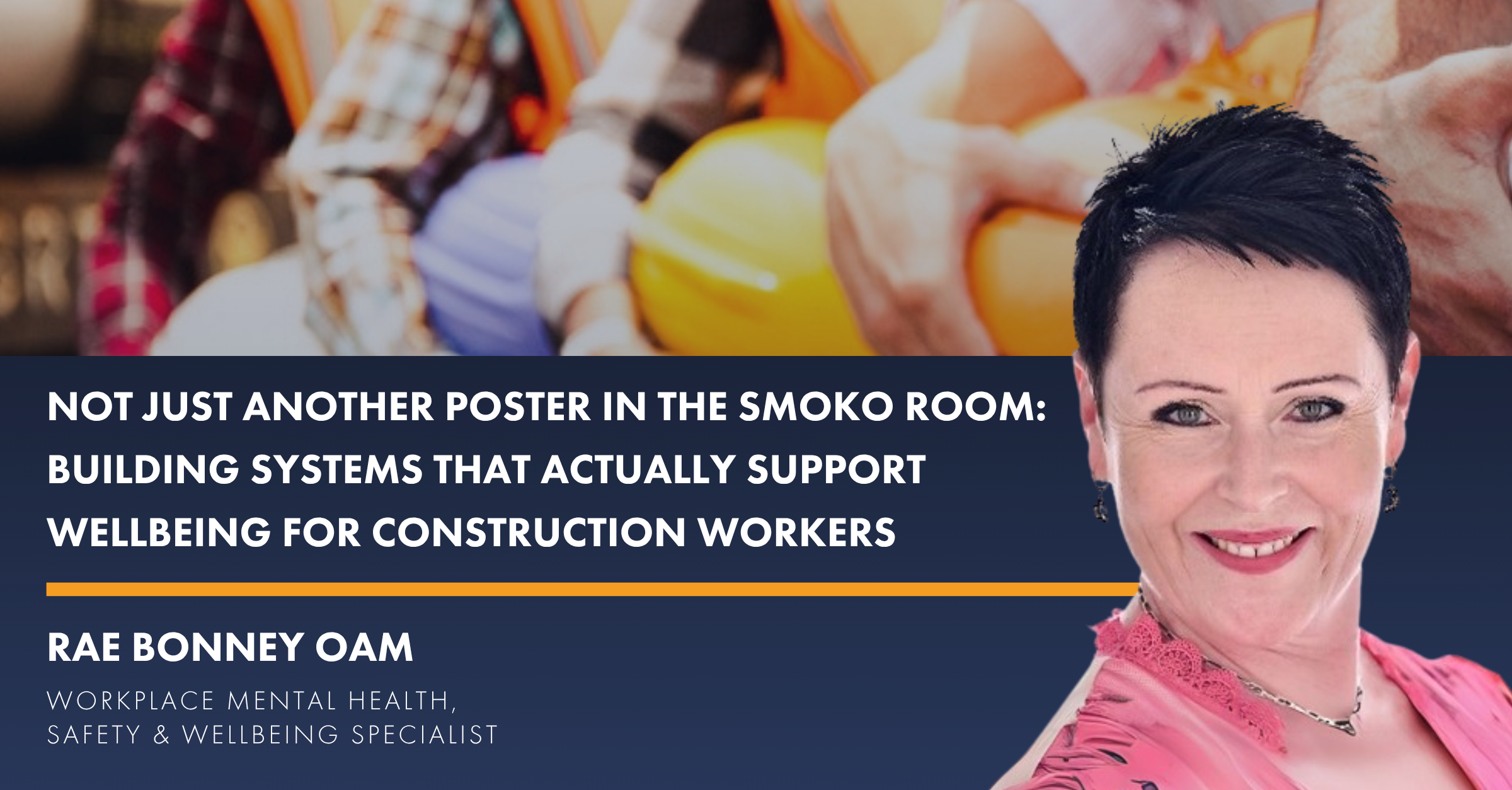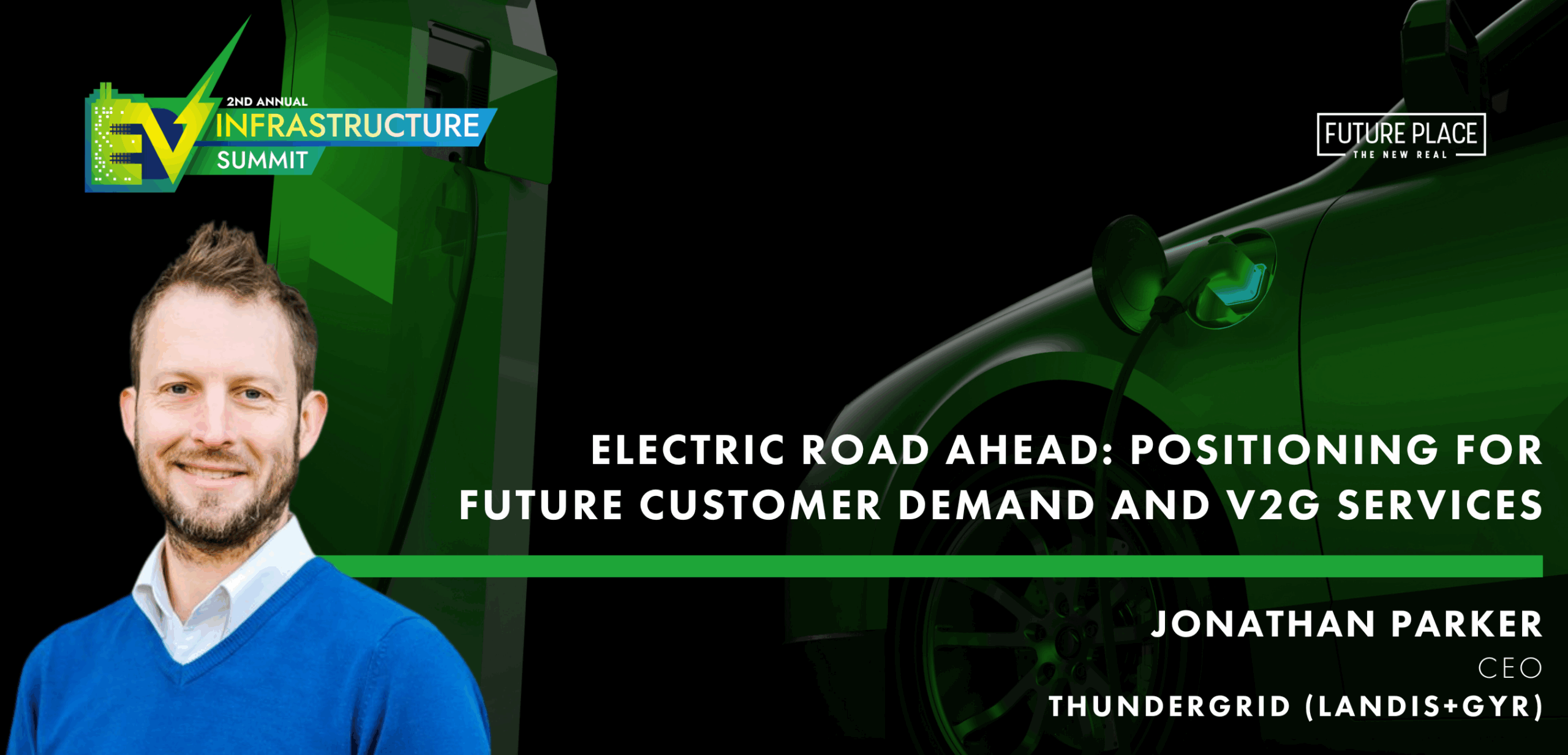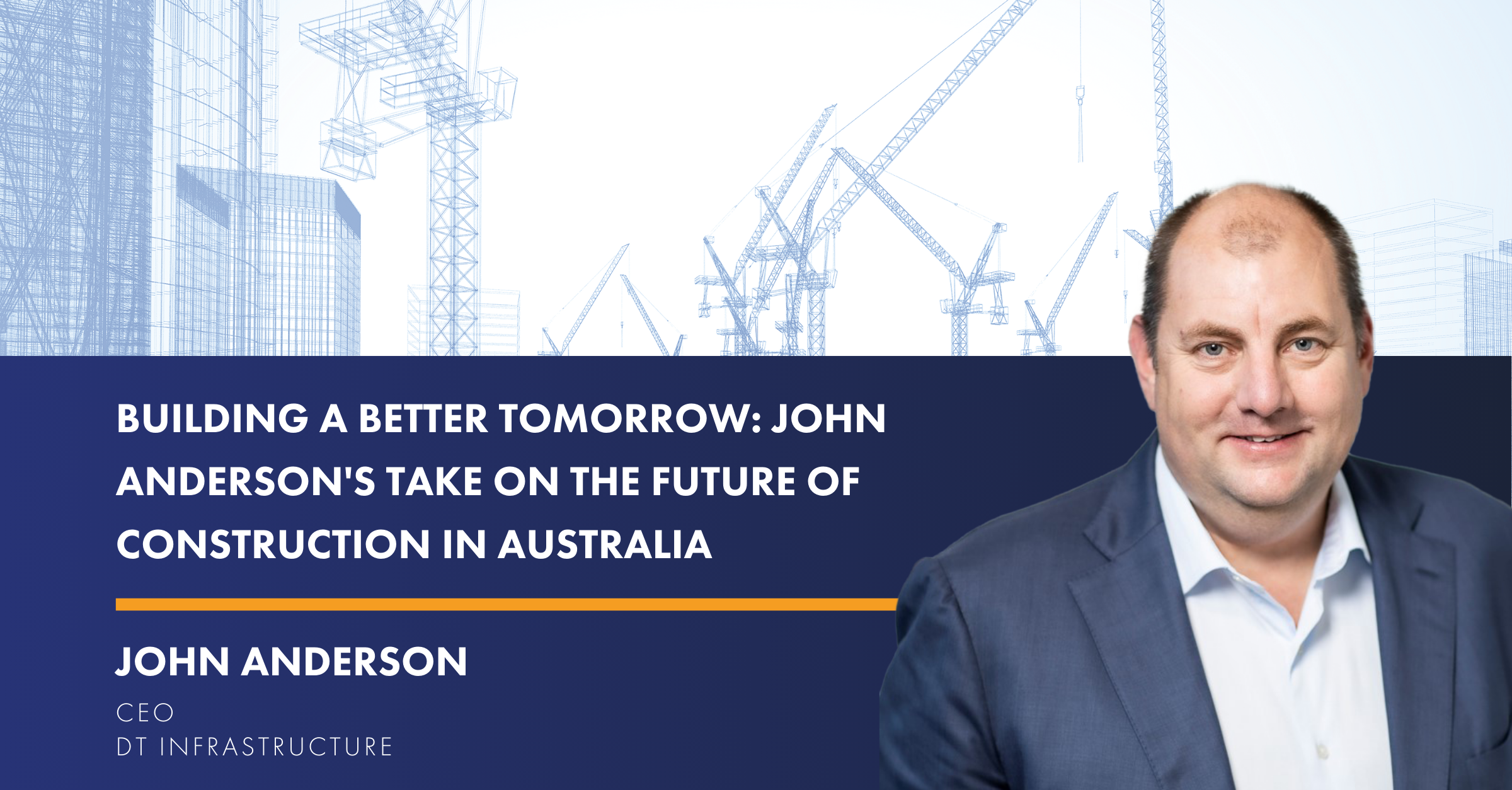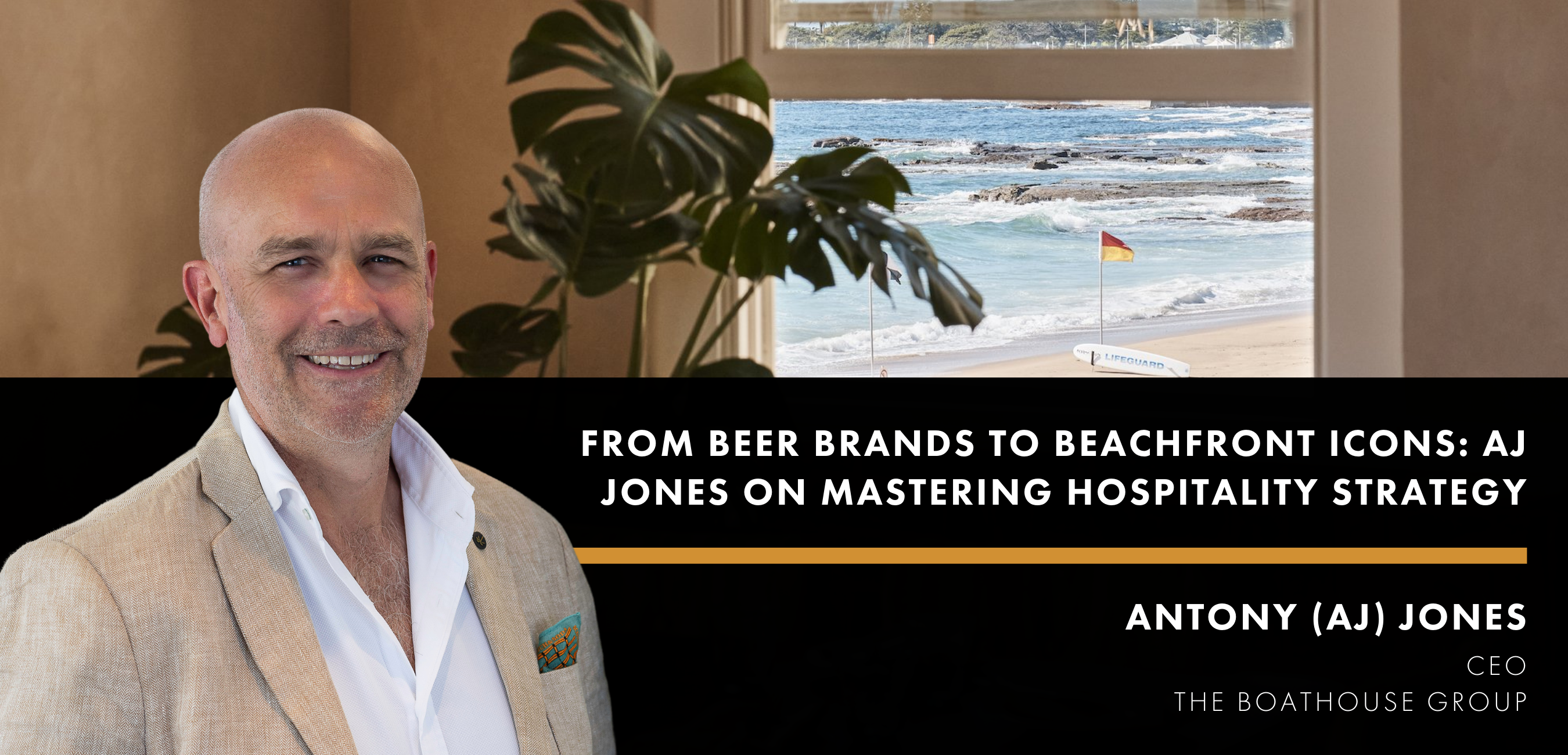Selina Short is the Managing Partner for EY’s Oceania Real Estate & Construction practice and part of the EY’s Oceania Executive Leadership Team. EY is a global organization that focuses on building a better working world through four service lines: Assurance, Consulting, Strategy and Transactions, and Tax. An expert in smart buildings and intelligent cities, we chatted with Selina about the next phase of both and what EY’s new report revealed.
FuturePlace: Internationally, people are starting to head back into the office although Australia has been back in some capacity for a while. As we go back and figure out the next new normal, what is the most appealing part of flexible work for employees and why?
Selina Short: The most obvious answer is the time we’re all saving from our commutes. Even if your office was only 30 minutes away, that adds up to five hours a week and twenty hours a month spent doing something else other than driving from Point A to Point B. Australians love the flexibility in the reduced or eliminated commute as well as being able to concentrate on quiet tasks while not being in a loud or busy office. Working from home has had a democratising and humanising effect as virtual meetings show us in our home setting. Virtual meetings have also dissolved the “head of the table” dynamics which may empower those to speak up when they would otherwise be a passive participant.
But, not everyone loves the flexible work life. There are reports that one in every five Australians reported suffering from loneliness during 2020. The decline in mental health has been particularly strong in younger people. Plus, the hours spent on unpaid work since COVID has increased and so has alcohol consumption. The message here is that a new hybrid model is emerging, fortunately, and it has the potential to combine the best of both in-office and remote work.
FP: I read that there are six big themes in EY’s new report around restarting CBDs. Can you tell me what constitutes “energizing experiences” in the first theme?
SS: Leandlease’s CEO of Property, Kylie Rampa, contributed a quote to our report that is worth highlighting here. She said, “It’s no longer enough to simply provide a desk and a chair and call it a workplace. Increasingly, employers will need to ‘earn the commute’ of their people. This means providing them compelling reasons to leave their homes and travel into the office including curated events, innovative office design and more visible leadership.”
This idea applies to the entire CBD—no one will be interested in making the trek into the CBD unless it’s a place of unique experiences. There’s a lot of unique experience examples in our report like farmers’ markets and outdoor concerts or art installations—even an evolving series of pop-up stores. As I see it, the bottom line is that CBDs need to transform from being “business” districts to being “experience” districts, in order to thrive.
FP: Another theme in your report was about redefining quality. For example, landlord performance can make up for lower-tier stock or amenities in a building. Can you tell me more about this theme?
SS: Today, a strong relationship between a tenant customer and a landlord is worth more than marble foyers and sweeping city views. Now tenants are realising that the best workplaces aren’t just what they’re made out of, not just bricks and mortar. Just look at what the coolest coworking spaces offer; they have resident artists, celebrity chef dinners, book clubs and concerts. This parallels what young talent wanted out of a work experience before COVID-19. And, now as we need to lure people out of their spare bedrooms and their slippers, places need to offer more than just a place to get work done. The best landlords have already been stepping up.
FP: Speaking about what people want, I read that the average worker wants to be in the office 3.3 days a week (with Thursday being the most popular and Monday and Friday being the least); how do CBDs plan for the fluctuation of people in an area?
SS: The new world of flexibility needs to be embraced but we still need to work out precisely how this hybrid approach will work. Technology is part of the answer. The virus has not been fought solely by epidemiologists but also by IoT specialists, computer scientists, and big data analysts. We had already seen smart building technology being installed in assets at an accelerated pace, especially when looking at touchless entry, pedestrian counters, and space monitors.
Similarly, we’re going to need the help of technology to flatten the curve of the working week. We need digital access, precise data and powerful analytics systems to gets a more thoughtful spread of people across the working week and ensuring when they are in that they are seeing the people that will be most valuable to their experiences and enabling them to work productively. We also need experience to draw people in on the least popular days and Leaders showing the way. I’m confident the introduction of all this new technology will be the gateway to far smarter buildings and smarter cities and illuminate the best way for CBDs to prepare and manage the fluctuation of people.
FP: Earlier you said that CBDs will become more of CEDs; what role do you see construction playing in this evolution?
SS: Architects, engineers, cost estimators, builders and the other players that make up the construction sector will play a huge role. These are the people that first imagine our buildings and cities before they bring them to life. In some cases, this will be about redesigning spaces to accommodate hybrid working but also the reinvention and repurposing of some office space for reasons of culture, residential, retirement living, or more. This focus will also be critical to meeting net-zero commitments given the impact of the Built Environment
My favourite case study from the report is one I stumbled on myself and points to the potential for our cities when the construction sector starts to think differently. In Sao Paulo, an old barrel factory was reimagined as a community connector. A library in the factory’s saw-tooth roof, a bubbling stream flowing through the concrete floor, a miniature city of makers workshops, sports courts, and a swimming pool are all found in the one building in the heart of the city. Two years after its inauguration in 2017, the building called SESC 24 de Maio attracts up to 10,000 visitors on an average weekday. It’s a brilliant example of how, when designed as experiences, buildings can bring people together.
The big challenge will be to think differently about the idea of place. We learned through COVID that “place” is at the heart of the human experience, and a place that does not evoke a human experience is just wasted space.

